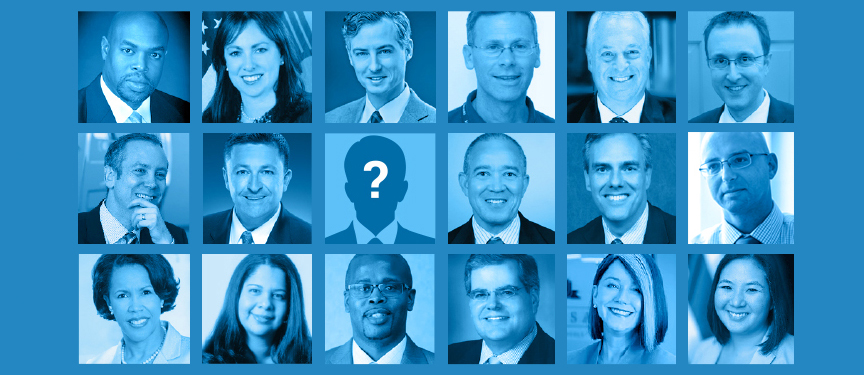
SUBSCRIBE
TO MONTHLY UPDATES
We'll send you information that
will keep you up to date on CFC

(1) How will your founding and leading of the Rhode Island Mayoral Academies inform your new role as CEO of Chiefs for Change?
At RIMA, I worked closely with a bipartisan coalition of mayors to advocate for education policy in the best interests of kids and families. My goal at Chiefs for Change is to have our members broadly represent red states and blue, as well as cities from around the country. When you focus on what works and what’s right, you can bring a powerful coalition of leaders together to affect change.
(2) What is your primary goal for the nonprofit?
To serve our members well. That means putting them in the best possible position to change and improve the systems they lead; giving them frequent opportunities to engage with their peers; and helping them develop highly talented and effective teams. It also means amplifying their voices in the national conversation.
(3) What are the organization’s top educational priorities and how do they match Rhode Island’s?
Traditional school systems tend to restrict access: to schools by home address; to teachers and courses by limiting offerings and enrollments, as well as by “tracking.”
Chiefs for Change members seek innovative ways to open access for all students: expanding the reach of their best teachers; creating more autonomous, open-enrollment schools. … I think our goals align well with Rhode Island’s education leaders and Gov. Gina M. Raimondo.
(4) How active are Rhode Island’s educational leaders in Chiefs for Change, and will you seek to build on that?
Currently, none of Rhode Island’s educational leaders are members of Chiefs for Change, though former Commissioner Deborah Gist is a member and serves on our board. I’ll certainly be reaching out to Rhode Island educational leaders … to discuss how Chiefs for Change might add value to their efforts.
(5) As an independent network, how do the nonprofit’s participants set aside party differences to achieve policy objectives?
My experience at RIMA taught me that doing the right thing usually makes good political sense. The best education policies and practices cut across party lines and enjoy broad support from the public. … Our members see the big picture and that makes their differences of opinion a strength.